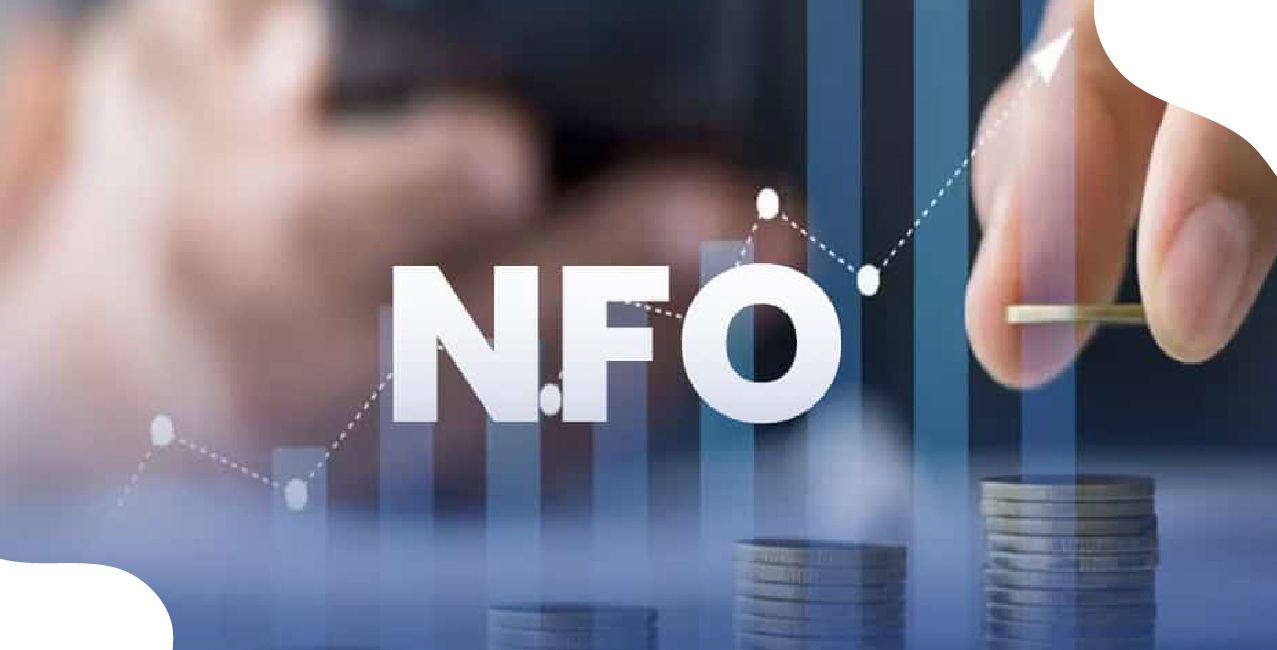Grey Market Premium (GMP) is the price at which IPO shares trade unofficially before they are listed on the stock exchange. It shows how much interest investors have in the IPO and gives an idea of how the stock might perform on the listing day.
For example, Harshita, a young investor interested in IPOs, came across a new offer priced at ₹100 per share. She wanted to know what other investors thought, so she checked the grey market. There, the shares were trading at ₹125, which meant a GMP of ₹25. This told her that people expected the stock to list at a 25% gain, so she felt more confident about applying.
A week later, she looked at another IPO where the shares were trading at ₹94 in the grey market, even though the issue price was ₹100. This negative GMP of ₹6 suggested that demand was low and the stock might list at a lower price.
Through these examples, Harshita learnt that while GMP can give helpful hints, it is important to also look at the company’s business and financials before investing.
In this blog, you will learn about Grey Market Premium: its meaning, how it influences IPOs, and the risk factors involved.
How does the Grey Market Operate & what is GMP’s Role in IPO Listings?
The grey market is an unofficial place where people buy and sell IPO shares before they officially start trading on the stock exchange. These deals happen directly between buyers and sellers without any rules or regulations. Because of this, these trades rely on trust and are not legally binding.
Two common types of deals in the grey market are:
- Kostak deals: Here, the buyer pays a fixed amount upfront to secure the right to get the IPO shares if the seller is allotted any. Even if the seller does not get the shares, the buyer still pays the agreed amount.
- Subject to Sauda deals: In this case, the buyer agrees to buy the shares only if the seller actually receives the allotment. If the seller does not get the shares, the deal is cancelled.
The Grey Market Premium (GMP) shows the difference between the grey market price and the official IPO price. It tells us how much interest there is in the IPO. A high GMP means many investors want the shares, which can help the company decide whether to keep or increase the IPO price. A low or negative GMP suggests weak interest, and the company may lower the price or try harder to attract investors.
Example:
- An IPO priced at ₹100 per share. In the grey market, shares trade at ₹130, so the GMP is ₹30. This means investors expect the stock to list 30% higher than the issue price.
- If the GMP is negative, say ₹10, the grey market price is ₹90, showing low demand and a chance the stock will list below the IPO price.
Key Drivers Behind GMP Levels, Demand, Fundamentals & Market Trends
Several things can affect the Grey Market Premium (GMP) of an IPO. These factors show how confident investors feel and how strong they think the IPO is.
1. Market Sentiment & Overall Conditions: If the stock market feels positive (bullish), investors expect IPO listings to rise, and GMP tends to go up. In contrast, during negative market conditions (bearish), even solid IPOs may earn little or even negative GMP due to low investor interest.
2. IPO Subscription Rates & Anchor Participation: High subscription from QIBs (Qualified Institutional Buyers), HNIs (High Net-Worth Individuals), and anchor investors often raises the GMP. For example, when QIB demand overshoots by 20× or more, it signals strong institutional confidence, pushing GMP higher
3. Company Fundamentals & Promoter Reputation: Investors look at how profitable a company is, its revenue growth, debt levels, and the promoters’ track records. Companies with strong financials and trusted promoters are more likely to attract higher GMPs.
4. Industry Trends & Sector Strength: IPOs in trending sectors, such as technology, health care, renewable energy, or finance, tend to see higher GMPs. If the broader sector looks promising, investors expect better performance and bid up the grey market price.
5. Demand-Supply in the Grey Market: GMP is driven by basic demand-supply forces. High demand with limited shares leads to a higher GMP, while low demand or abundant supply lowers it.
6. News Coverage & Broker Sentiment: Positive media reports, expert commentary, or bullish statements from influential brokers can lift GMP. On the other hand, negative news can reduce both confidence and GMP rapidly
Note: Key Terms
- GMP (Grey Market Premium): The extra price people are willing to pay for an IPO share before it officially lists.
- QIB (Qualified Institutional Buyer): Big financial firms like banks or mutual funds that invest large amounts in IPOs.
- HNI (High Net-Worth Individual): A wealthy person who applies for shares worth over ₹2 lakh in an IPO.
- Anchor Investor: A trusted, large investor who gets to buy shares just before the IPO opens to the public. Their interest often builds trust.
- Oversubscription: When more people apply for IPO shares than are actually available to buy.
- Liquidity: How quickly and easily you can buy or sell shares without changing the price much. More buyers and sellers mean better liquidity.
Risks of Relying on GMP, Volatility, Manipulation & Regulatory Concerns
Before you trust the Grey Market Premium (GMP) to decide on an IPO investment, it’s important to understand the risks. GMP may show early demand, but it comes with serious downsides.
- 1. It’s Not Regulated: The grey market isn’t controlled by SEBI or any legal body. If something goes wrong, you won’t have any official protection or legal help.
- 2. GMP Can Be Manipulated: Some people may try to increase or decrease the GMP just to create hype or fear. This can mislead investors and give a false sense of value.
- 3. Prices Can Change Fast: GMP is often unstable. It can go up or down sharply in a short time, making it an unreliable guide for long-term investment decisions.
- 4. Allotment and Deal Risks: You might agree to a deal based on GMP, pay money in advance, and still not get any shares. These deals have no legal backing, so you carry all the risk.
- 5. It’s Often Hard to Sell: If the grey market has fewer buyers, you may not be able to sell your shares or application easily, especially if demand drops suddenly.
- 6. Legal and Tax Problems: Most grey market deals happen in cash and are not recorded. This could lead to tax issues or even break SEBI rules without you knowing it.
While GMP gives a glimpse of market interest, it is not always reliable or safe. Use it only as one of many tools, never as your only reason to invest in an IPO. Always do your research, check the company’s fundamentals, and understand the risks.
Conclusion
Grey Market Premium (GMP) shows how much investors are willing to pay for IPO shares before they officially list on the stock exchange. It gives an early idea of demand and expected listing gains. However, since the grey market is unofficial and unregulated, GMP should only guide your decisions alongside thorough research and analysis. Always remember that GMP is just one piece of the IPO puzzle.
FAQs
1. Can GMP predict the exact listing price of an IPO?
No, GMP only indicates early investor interest and expected gains. The actual listing price can be higher or lower depending on market conditions and company performance.
2. Is trading in the grey market legal?
Grey market trading is unofficial and not regulated by authorities. While it is common, it carries risks and lacks legal protection for buyers and sellers.
3. Why does GMP change so quickly?
GMP changes fast because it depends on short-term market sentiment and speculation. News, rumours, or demand shifts can quickly push prices up or down.
4. Should I rely only on GMP to invest in an IPO?
No. GMP is just one factor to consider. Always check the company’s financial health, industry trends, and official IPO details before investing.
Other Related Pages | |||





